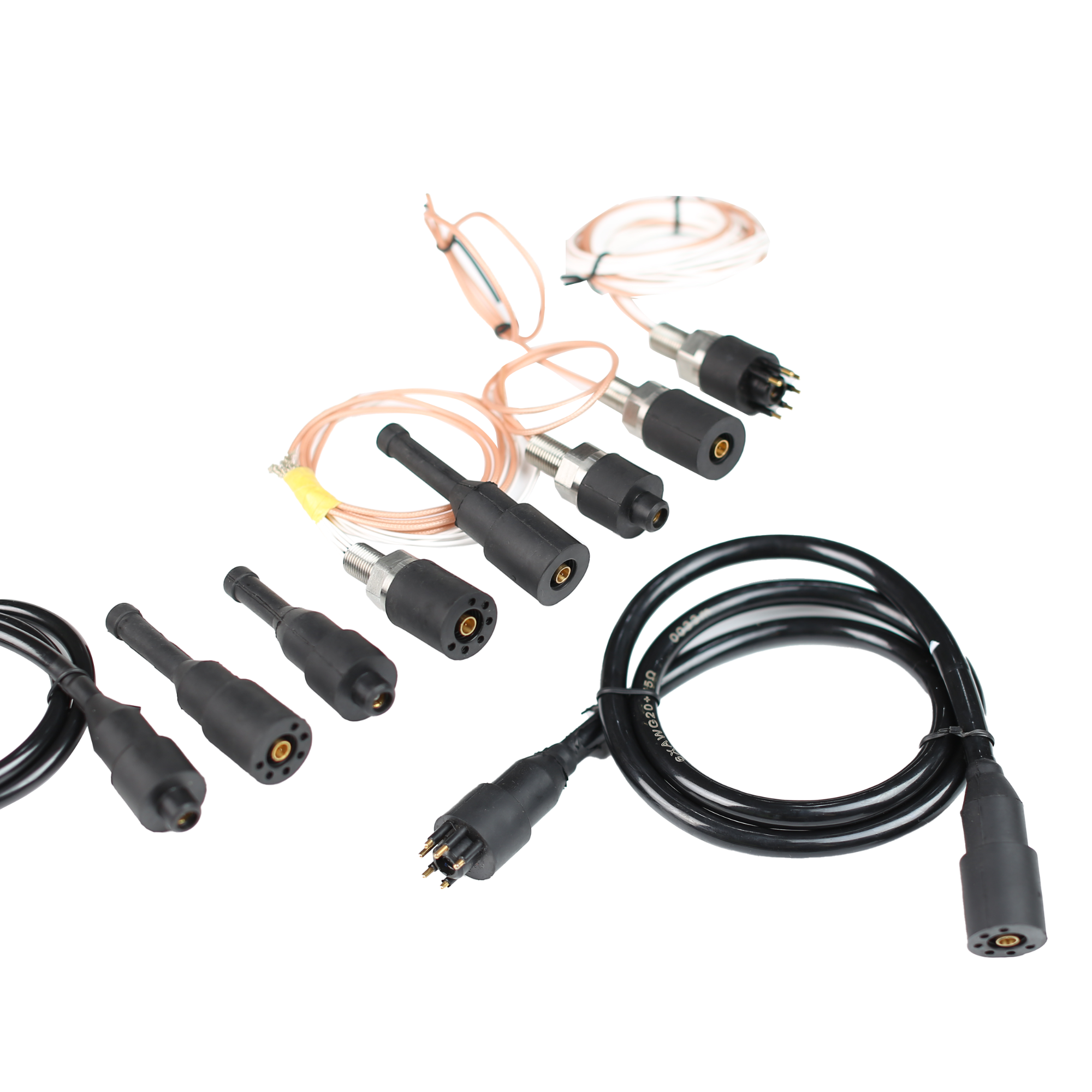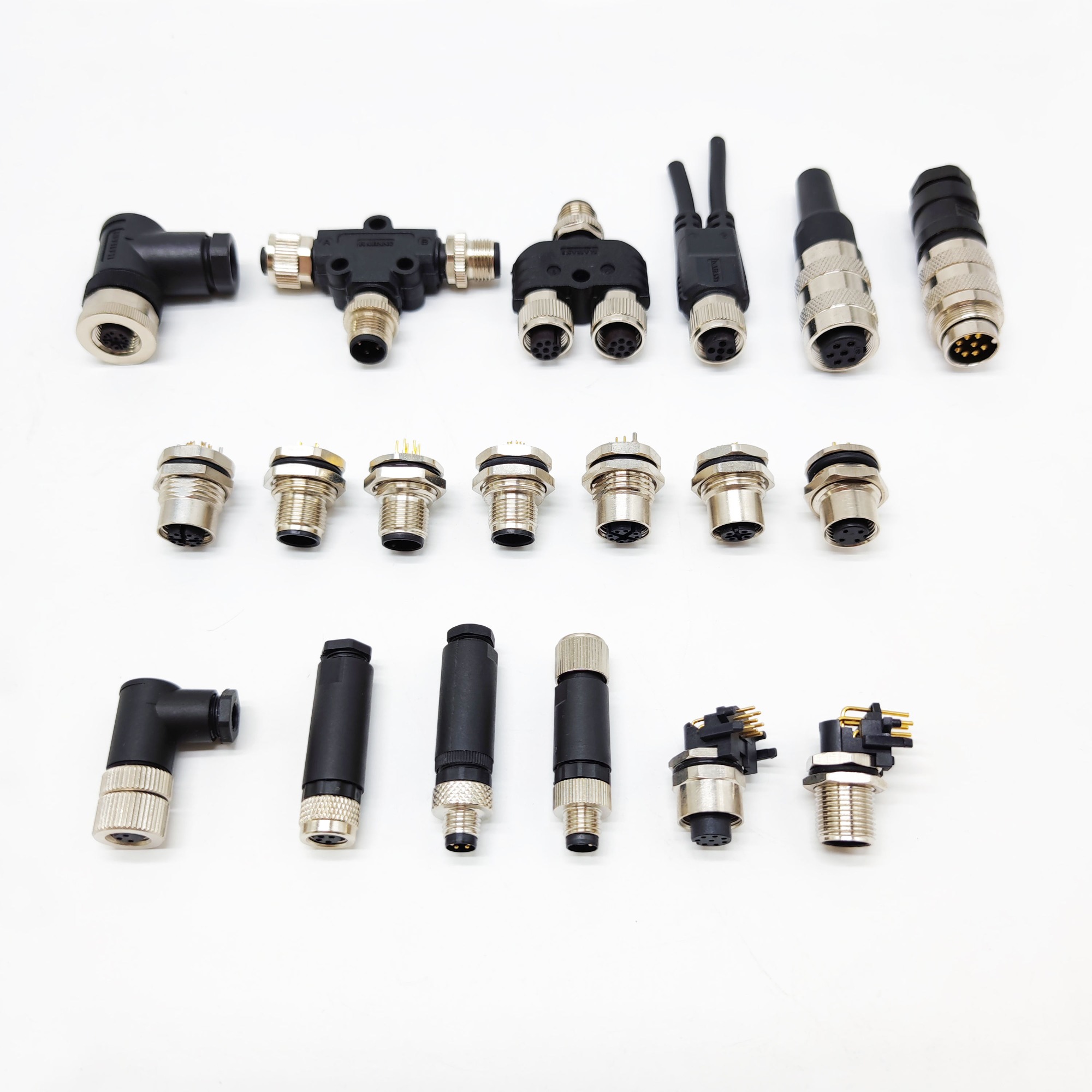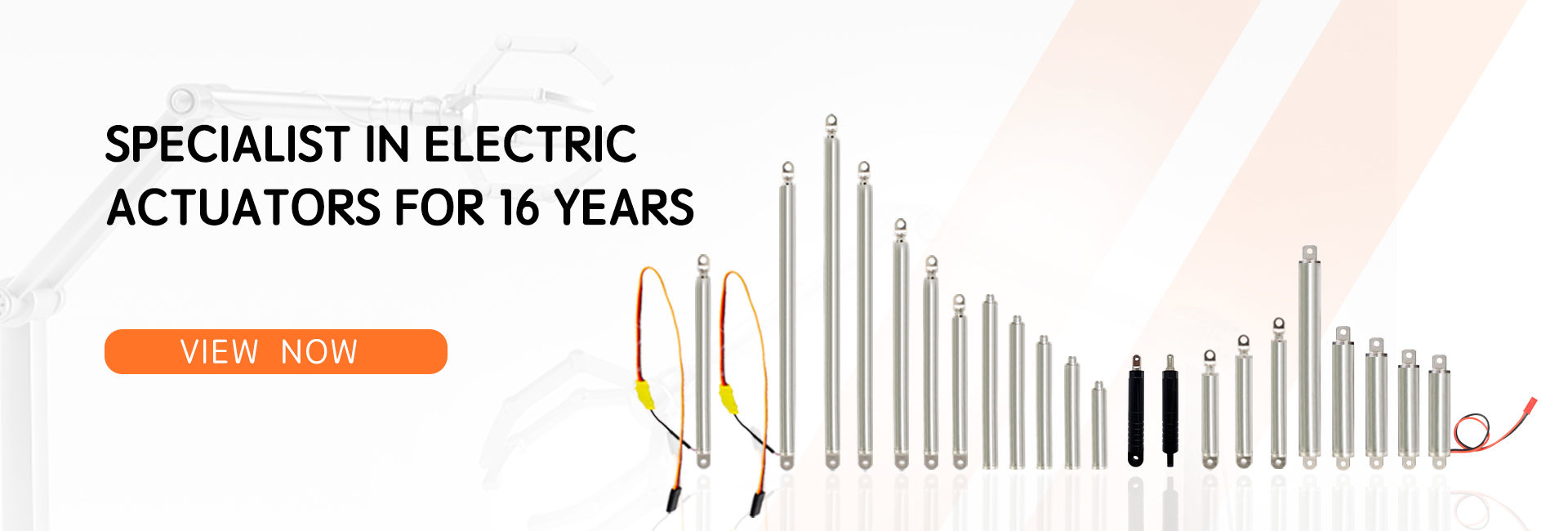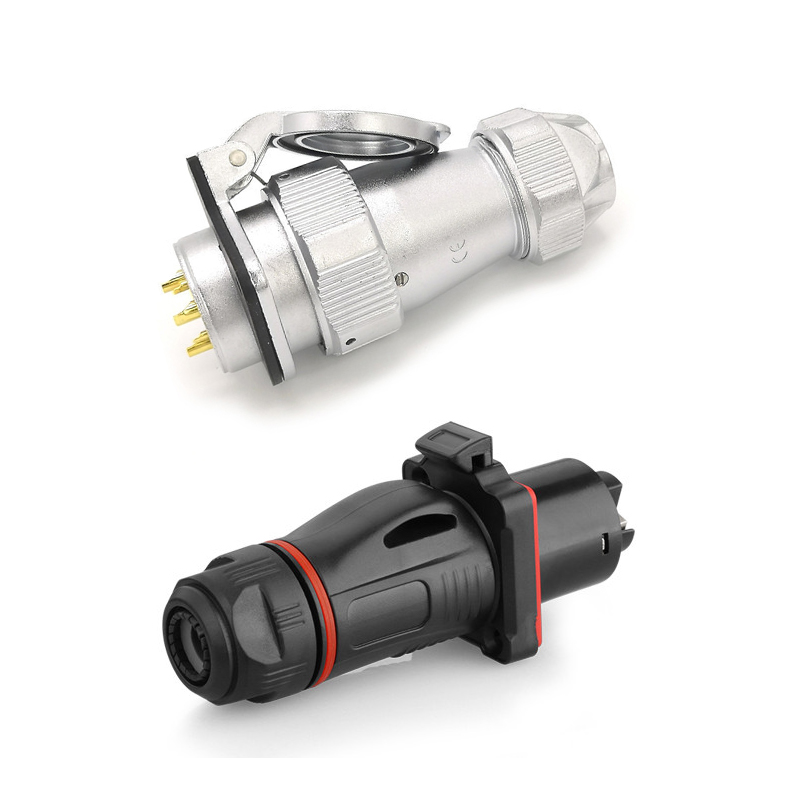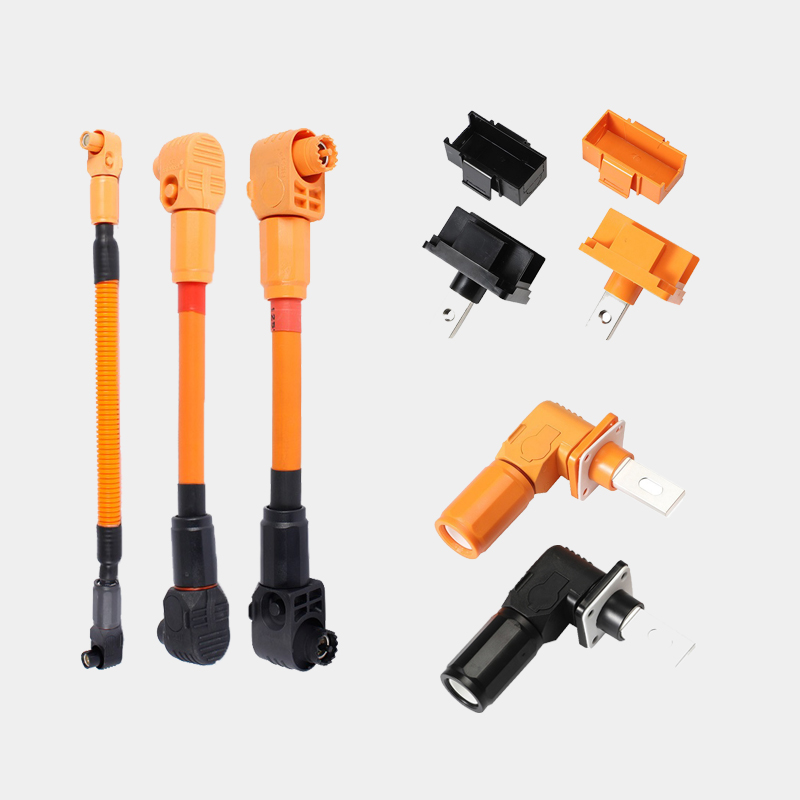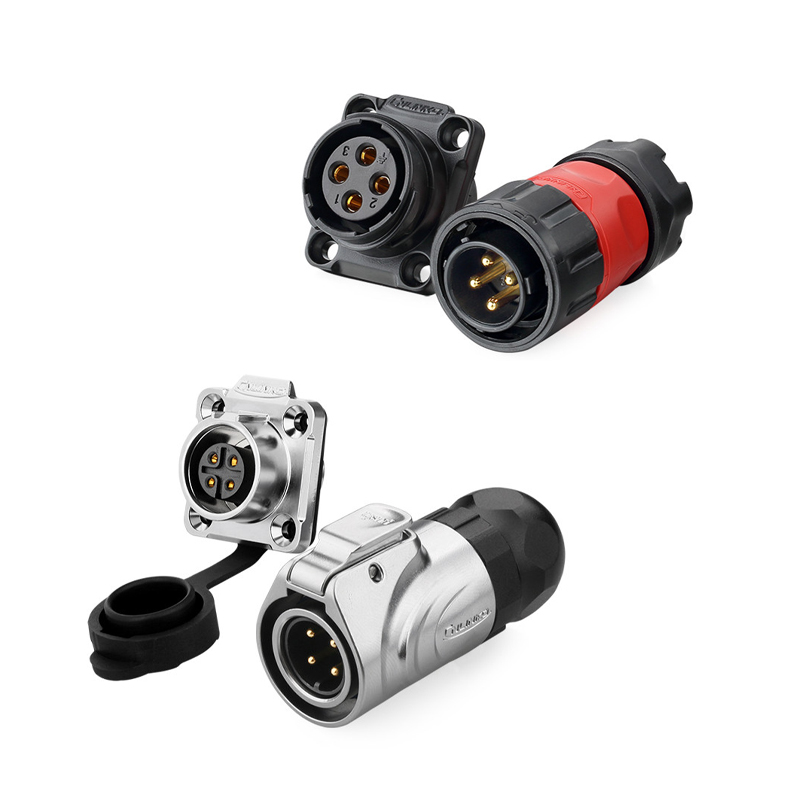Difference between M8 and M12 connectors
Views : 130
Update time : 2024-04-08 15:55:55
In the realm of connectors, the choice between M8 and M12 can significantly impact the performance and reliability of your industrial applications. These connectors may appear similar at first glance, but delving deeper reveals distinct characteristics that make each suitable for particular environments and tasks.
Size and Form Factor
First things first, let's talk dimensions. The most apparent difference between M8 and M12 connectors lies in their size. M8 connectors typically have a diameter of 8mm, while M12 connectors boast a slightly larger diameter of 12mm. This variance in size isn't merely cosmetic; it directly influences where and how these connectors are utilized.
For applications where space is limited and a compact form factor is paramount, M8 connectors reign supreme. Think of tight installations in automotive electronics or space-constrained machinery. On the flip side, M12 connectors offer a sturdier build and are often favored in industrial environments where robustness is key.
Contact Pins
Now, let's zoom in on the nitty-gritty details – the contact pins. M8 connectors typically come in variants with 3, 4, or 6 pins, whereas M12 connectors offer more flexibility with options ranging from 3 to 8 pins. This discrepancy in pin counts directly impacts the data transmission capabilities of each connector type.
If you're dealing with basic sensor connections or low data transfer requirements, M8 connectors with fewer pins might suffice. However, for applications demanding higher data bandwidth or complex signal configurations, M12 connectors provide the necessary versatility.
Voltage and Current Ratings
Voltage and current ratings are crucial considerations when selecting connectors for your application. M12 connectors are renowned for their robustness in handling higher voltages and currents compared to their M8 counterparts. This makes them the go-to choice for power-intensive applications in industrial automation or machinery.
On the other hand, M8 connectors, with their smaller form factor and reduced pin count, are better suited for low-power applications where space constraints outweigh the need for high voltage or current handling capabilities.
Water and Dust Resistance
When it comes to operating in harsh environments, ingress protection becomes paramount. Both M8 and M12 connectors offer varying degrees of protection against water and dust, as denoted by their IP (Ingress Protection) ratings. However, M12 connectors generally boast higher IP ratings, making them the preferred choice for applications exposed to moisture, dust, or contaminants.
Whether you're deploying connectors in outdoor settings subject to inclement weather or in indoor environments prone to dust accumulation, opting for M12 connectors provides an extra layer of assurance against environmental hazards.
Termination Methods
The method of termination plays a significant role in the ease of installation and maintenance of connectors. M8 connectors typically feature screw or solder terminations, offering a reliable and secure connection but requiring more time and effort during installation.
In contrast, M12 connectors often leverage field-installable connectors with quick-locking mechanisms, facilitating rapid deployment and maintenance in the field. This makes M12 connectors a preferred choice for applications where minimizing downtime and simplifying maintenance procedures are paramount.
Application Scenarios
Let's paint a vivid picture of where you might encounter M8 and M12 connectors in the wild. Picture an industrial automation setup where precise control and feedback are essential. Here, M12 connectors shine, seamlessly integrating with sensors, actuators, and other high-performance components to ensure smooth operation.
In comparison, delve into the world of automotive electronics or compact machinery, and you'll find M8 connectors playing a crucial role. Their smaller form factor and versatile pin configurations make them ideal for applications where space is at a premium without compromising on reliability.
Cost Considerations
Ah, the elephant in the room – cost. When it comes to budgetary constraints, the price disparity between M8 and M12 connectors cannot be overlooked. Generally, M8 connectors tend to be more cost-effective due to their simpler construction and lower pin count.
However, it's essential to weigh the upfront cost against long-term considerations such as maintenance, durability, and compatibility with existing infrastructure. Sometimes, investing a bit more in M12 connectors upfront can lead to significant savings down the line.
Compatibility with Sensors and Actuators
Sensors and actuators are the lifeblood of many industrial applications, and selecting the right connector is paramount to ensure seamless integration and reliable performance. M8 connectors offer a compact and versatile solution for sensor connections in space-constrained environments, such as factory automation or IoT devices.
On the other hand, M12 connectors excel in powering and controlling actuators in heavy machinery or industrial robots, thanks to their robust construction and higher current handling capabilities. Choosing the appropriate connector ensures optimal performance and longevity for your sensor and actuator deployments.
Durability and Longevity
In the unforgiving world of industrial applications, durability is non-negotiable. M12 connectors, with their robust construction and higher IP ratings, are built to withstand the rigors of harsh environments, including temperature extremes, vibration, and mechanical stress.
While M8 connectors may lack the same level of ruggedness, they still offer reliable performance in less demanding applications where exposure to environmental hazards is minimal. Understanding the environmental conditions and longevity requirements of your application is crucial in selecting the right connector for the job.
Ease of Installation
Nowhere is this truer than in industrial settings where downtime can translate to lost revenue. M12 connectors, with their quick-locking mechanisms and field-installable options, streamline installation and maintenance procedures
Related News
Read More >>
Apr .10.2024
Connectors might seem like small components, but they play a crucial role in ensuring seamless connections between various electronic devices and systems.
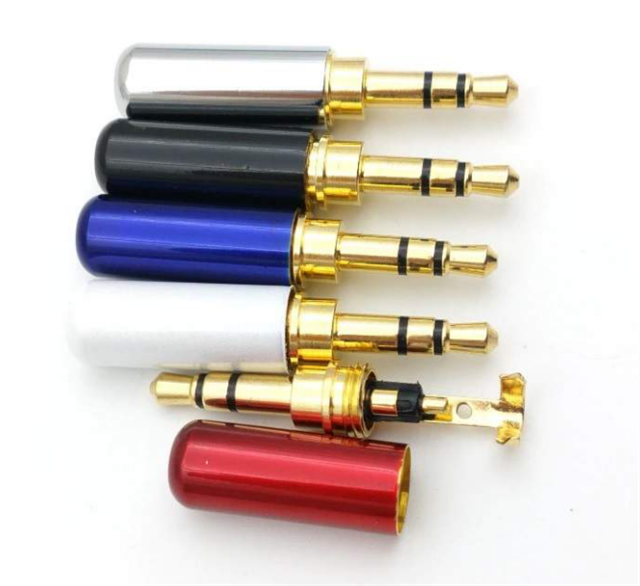 What Is The Difference Between 2.5 Mm And 3.5 Mm Audio Jack?
What Is The Difference Between 2.5 Mm And 3.5 Mm Audio Jack?
Apr .08.2024
Even though wireless headphones and earbuds are very popular, many people still use wired headphones. These headphone wires have different sized headphone jacks connector. The most common sizes are 2.5mm and 3.5mm jacks.
Apr .01.2024
Cable glands are connectors used to seal the ends of cables and secure them to plugs, terminals, enclosures or electrical equipment of various kinds. They can protect sensitive electrical wiring from moisture, contamination, corrosion and even flammable gas.

